


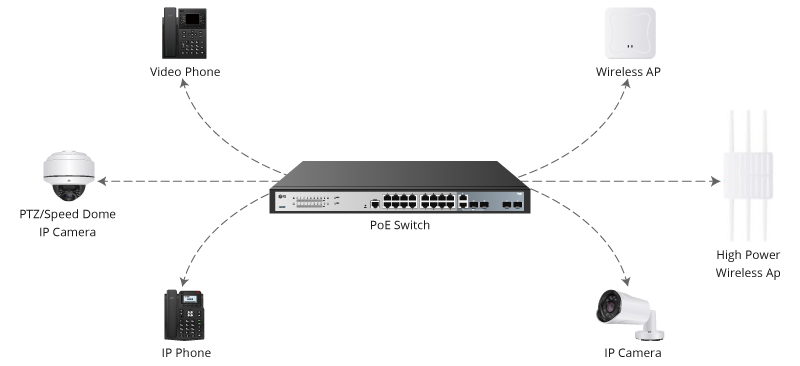

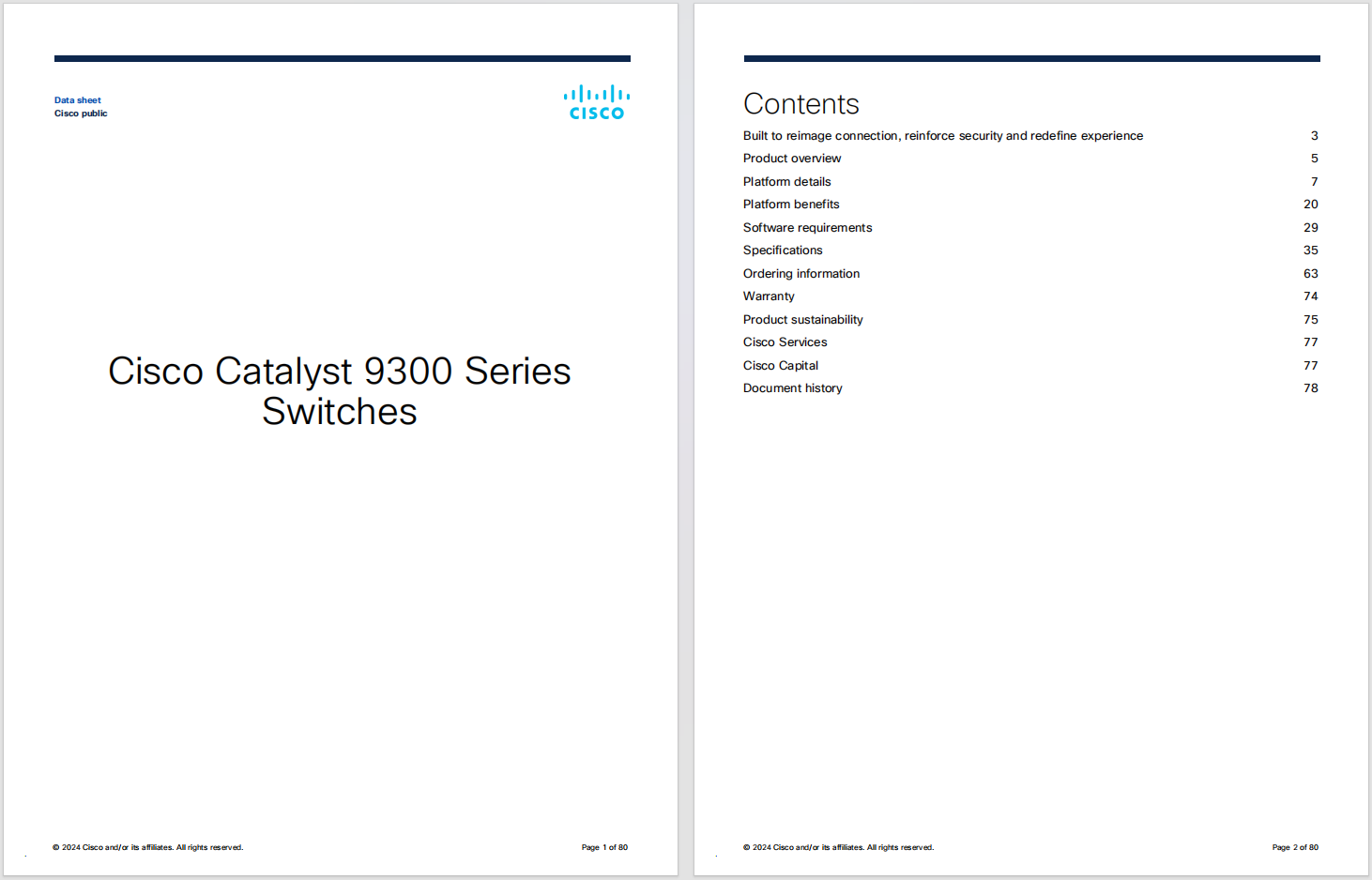



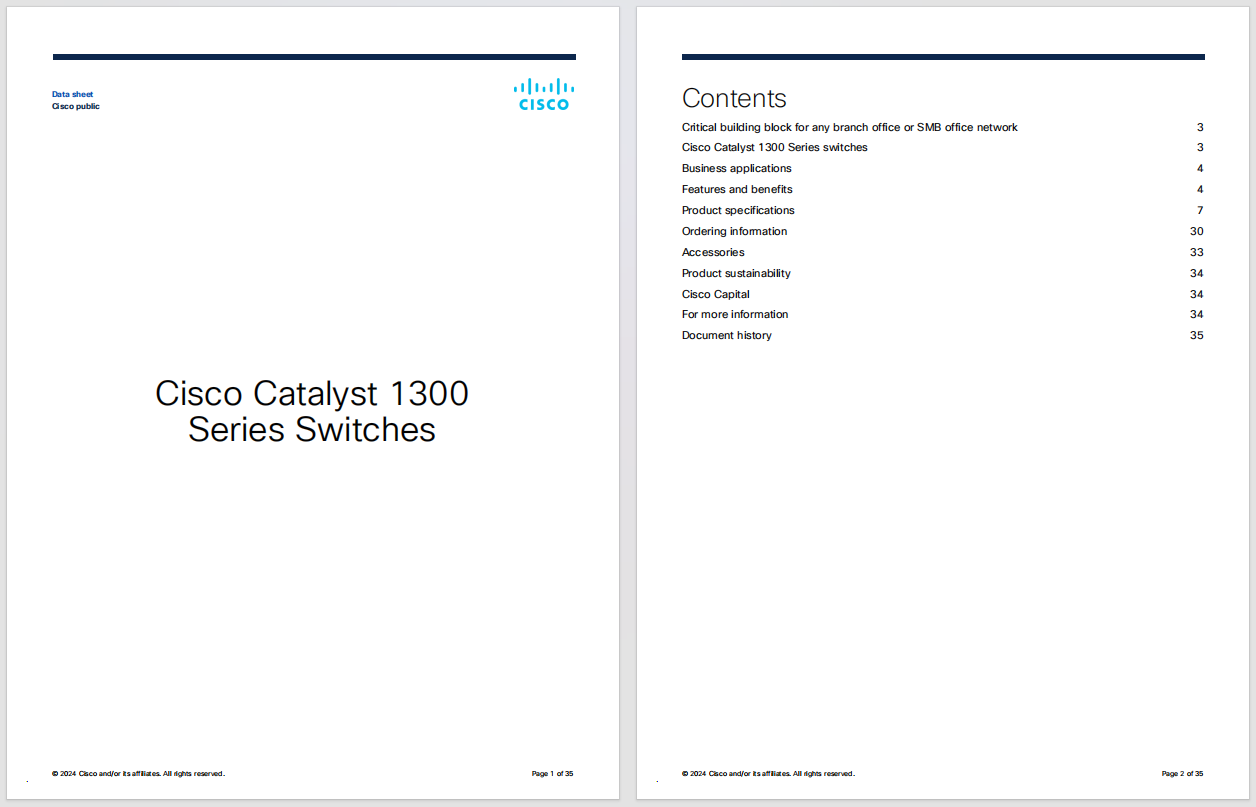




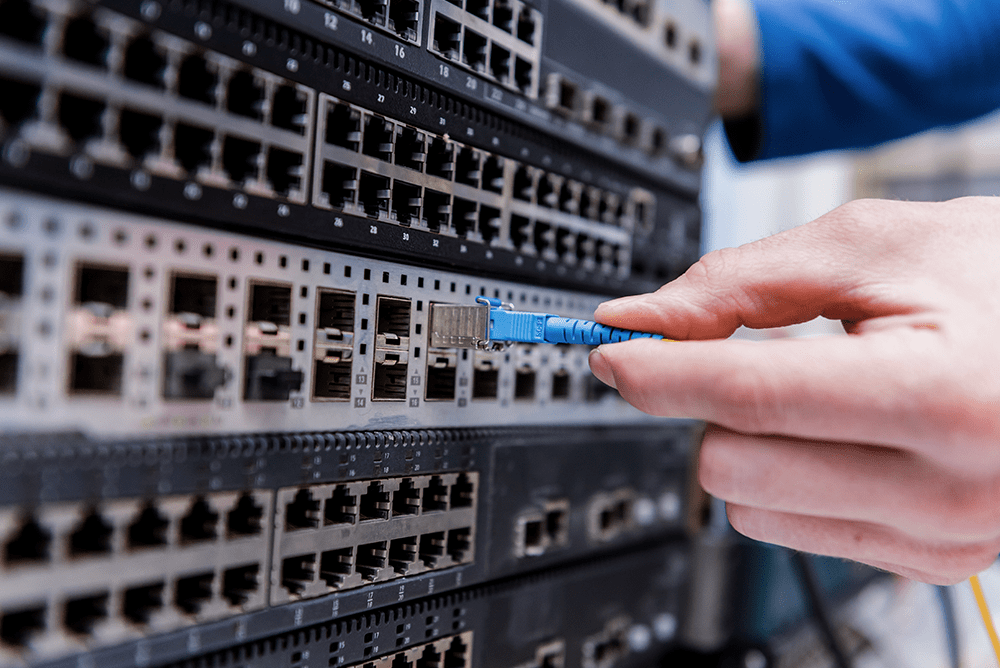
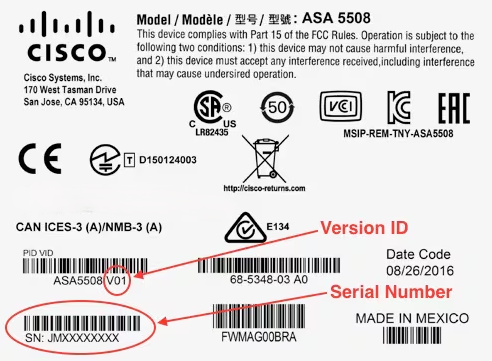




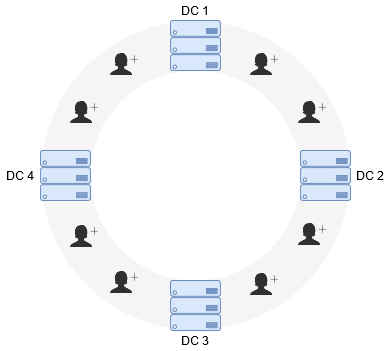
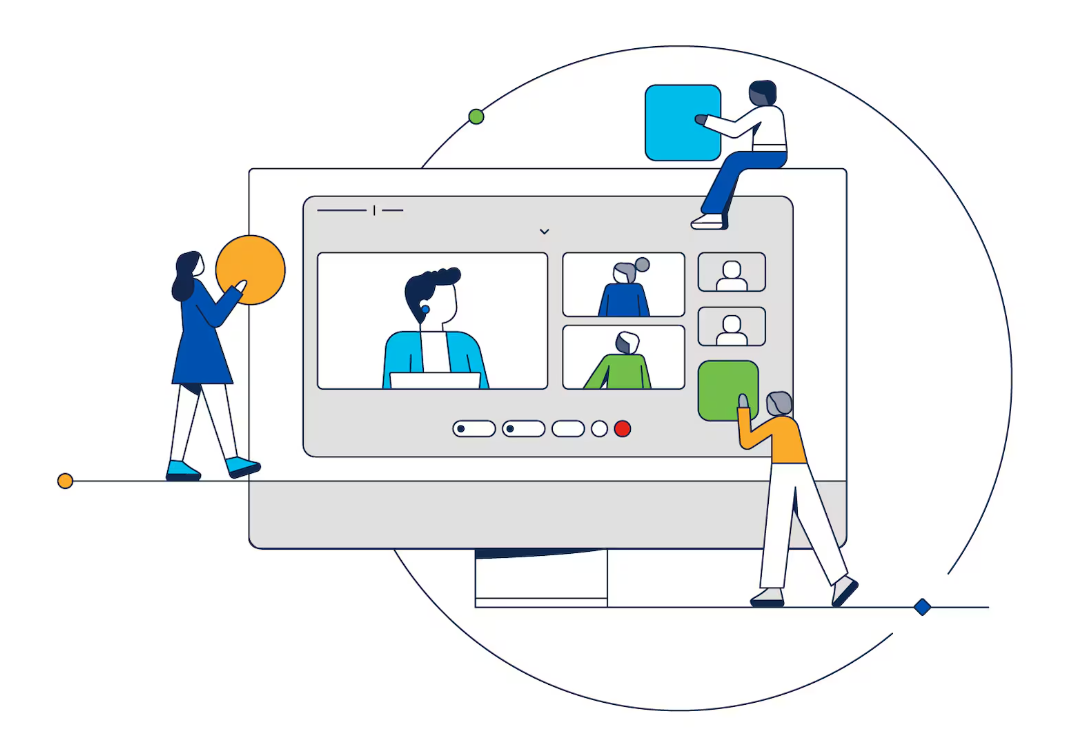




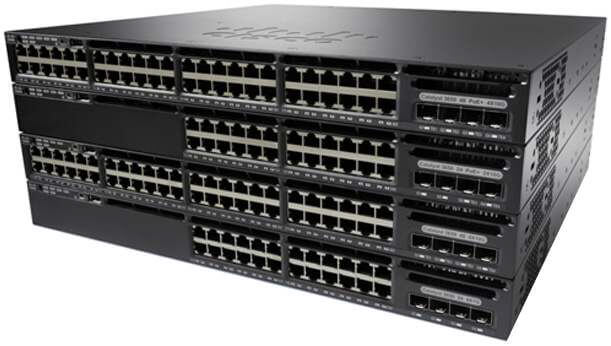
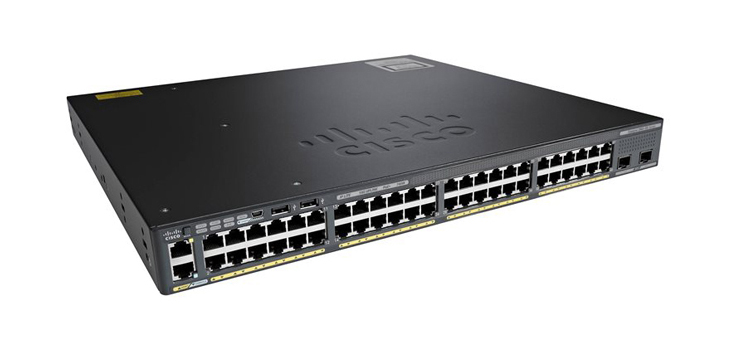

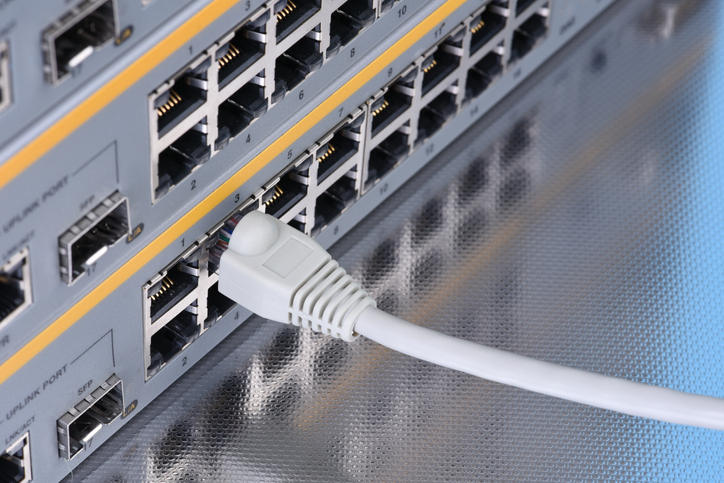

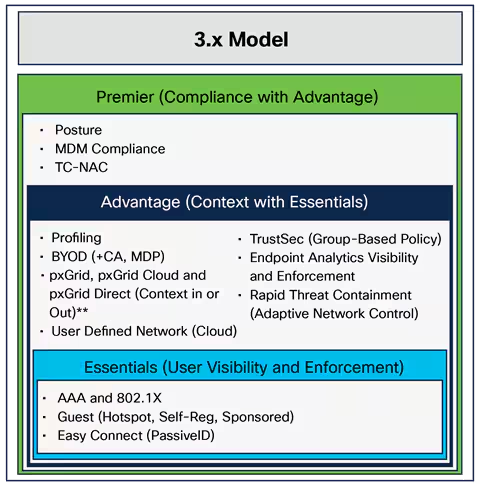
Increased water scarcity and the question of clean water availability are just a few of the unsettling realities of our lifetime. Aging infrastructure, climate pattern changes such as extreme precipitation and flooding, pollution, and population growth are impacting water quality across the globe, putting the health of communities at risk. A staggering 2 billion people live in regions experiencing high water stress according to the 2019 United Nations World Water Development Report.
Water utilities are also being impacted by several factors, including aging workforce and retirements that result in loss of institutional knowledge, realities of stringent regulatory requirements, evolving customer expectations for higher levels of service, and increased cost of operations and maintenance for water and wastewater facilities. Clearly a "business as usual" approach for managing water resources will not be sustainable in the coming years.
The good news is that technology can help, and it has reached a point of maturity for addressing many of these challenges. Smart water solutions and IoT technologies bring the opportunity of doing more with less, as well as gaining actionable insights, higher levels of visibility, and automation into the operations and maintenance of water facilities. The notion of self-diagnosing and self-healing water systems is no longer a far-fetched concept. Artificial intelligence and machine learning will allow water systems to predict anomalies in advance of their occurrence, while automated notifications can set in motion a chain of actions that will help restore normal operations in a timely manner while reducing future risk. This is especially important when, for example, future failure of a wastewater pump station is diagnosed ahead of time, avoiding flooding or raw sewage spilling into waterways. Imagine the environmental and health benefits of this kind of technology solution, not to mention the time and cost that is saved by not having to deal with the aftermath of a failed pump station. In a nutshell, smart water systems help increase resiliency, improve regulatory compliance, quality, and customer service, while reducing operations and maintenance costs.
Cisco is leading the way in smart water and is collaborating with water utilities and ecosystem partners globally to deliver state-of-the-art solutions that make a meaningful impact. From advanced metering infrastructure (AMI) and SCADA modernization to water quality monitoring to condition-based and flood monitoring to asset management, Cisco is providing the secure networking backbone. Our intent-based approach paired with a foundational integrated cybersecurity portfolio allows real-time data to flow securely from any kind of water IoT sensor to any type of water analytics application, empowering utility staff to make informed and timely decisions about their water systems. Global examples such as Portugal's Caldas Da Rainha water management and smart cities system built on a LoRaWAN network, Pittsburgh Veteran's Hospital and Australia's Great Barrier Reef for water quality monitoring, Scotland's Conserve flood management project, as well as Marshall, Minnesota's water AMI network are a few key success stories and showcases of Cisco's leadership this important space.
And this is just the beginning of our exciting journey! Many water utilities are following the early adopter agencies and getting ready to embark on their own smart water expedition. They may wonder where to start. The key is to get started no matter how small and build the foundation to expand smart water use cases based on most critical needs. We are here to help!
Continue to hear the latest Cisco perspectives on this blog platform. Explore our Cities and Communities page to learn more.
 Hot Tags :
Smart Cities
Smart+Connected Communities
Cisco Cities and Communities
Smart Water
Hot Tags :
Smart Cities
Smart+Connected Communities
Cisco Cities and Communities
Smart Water